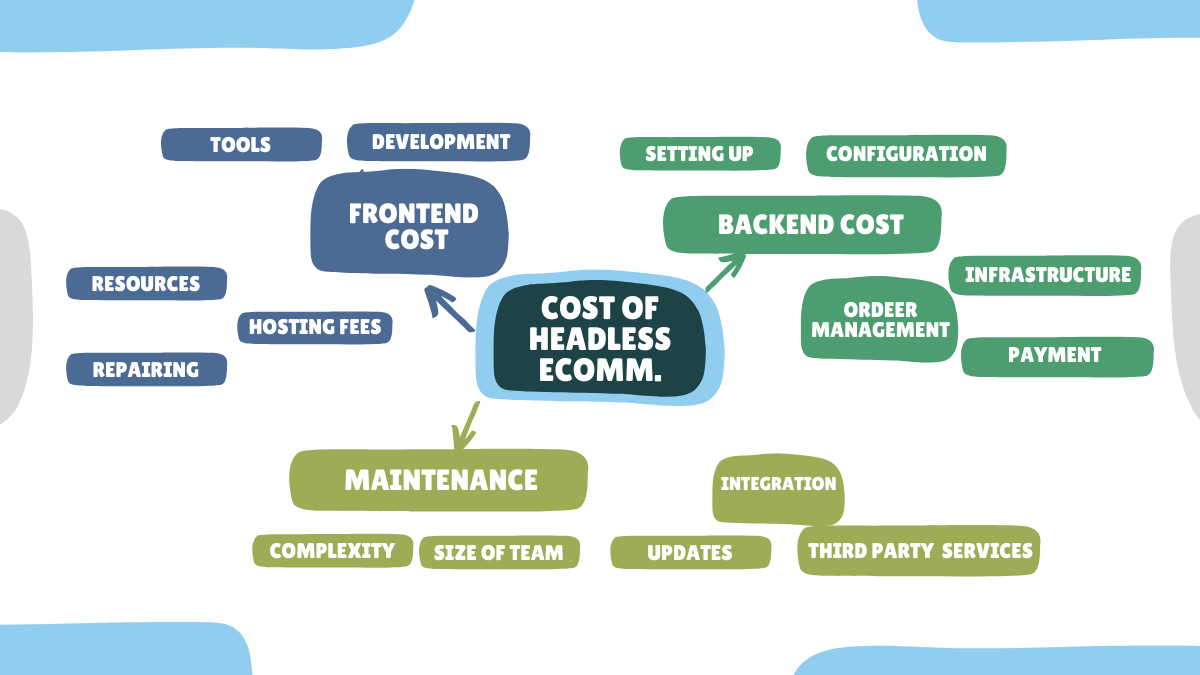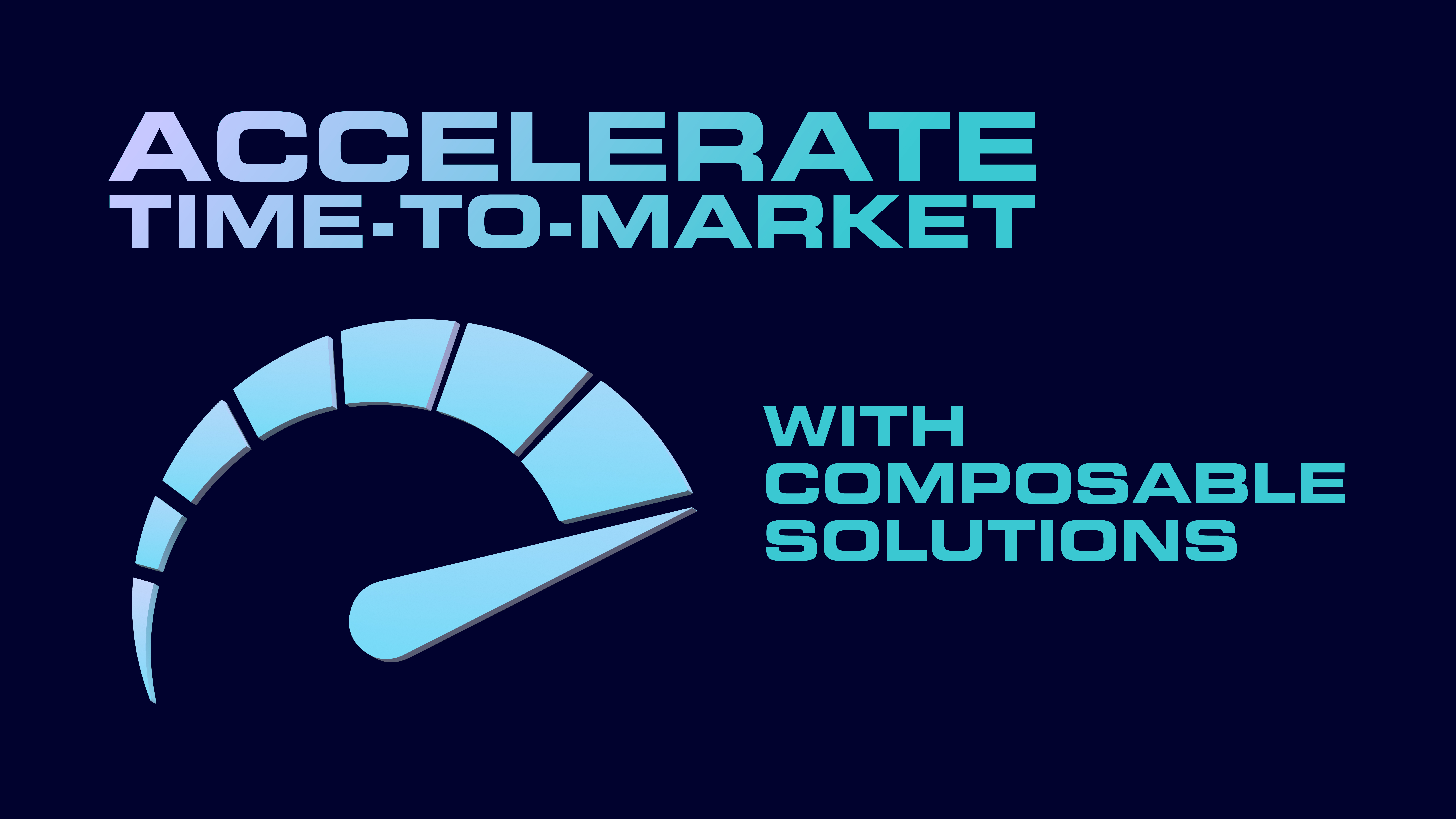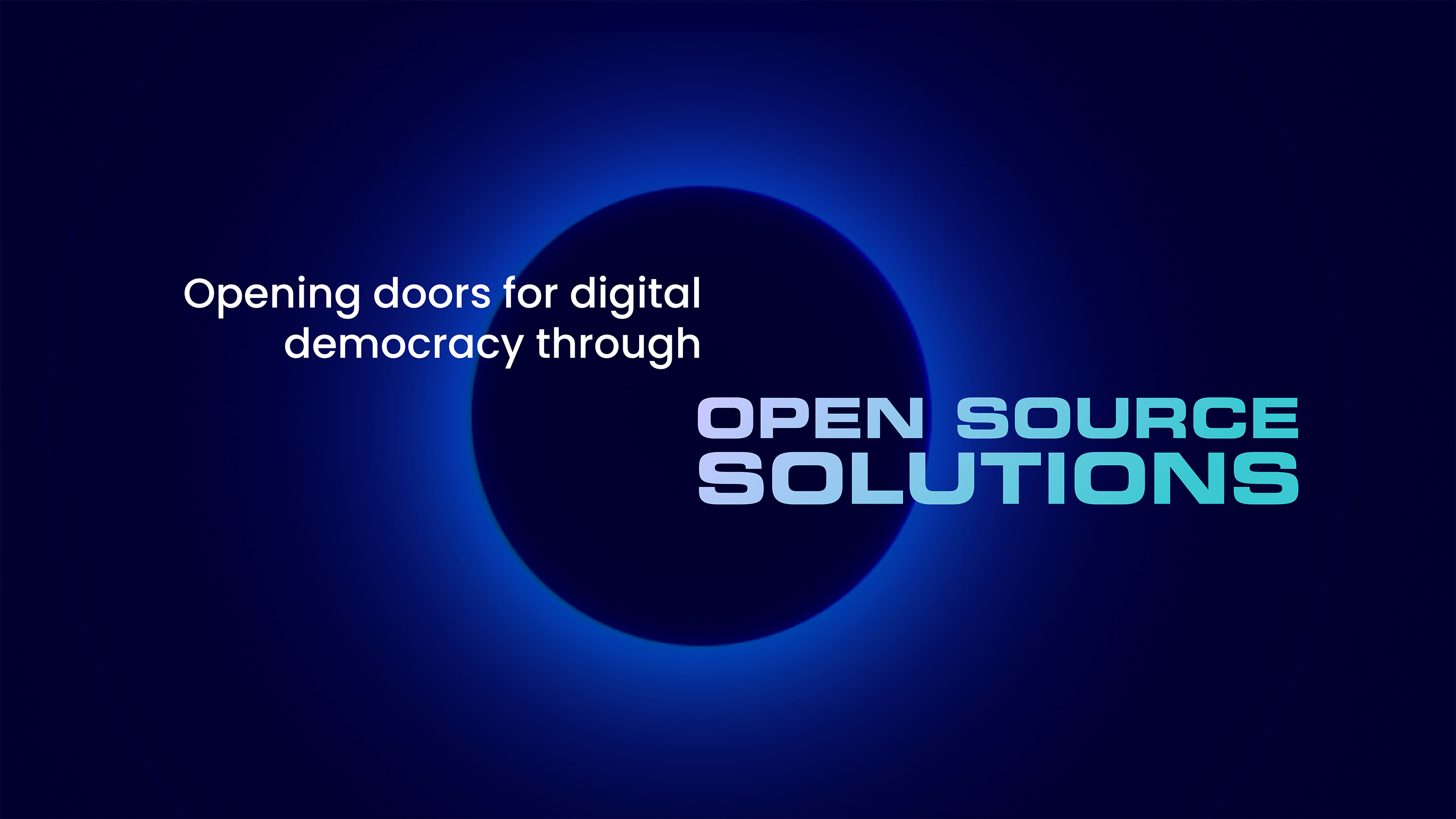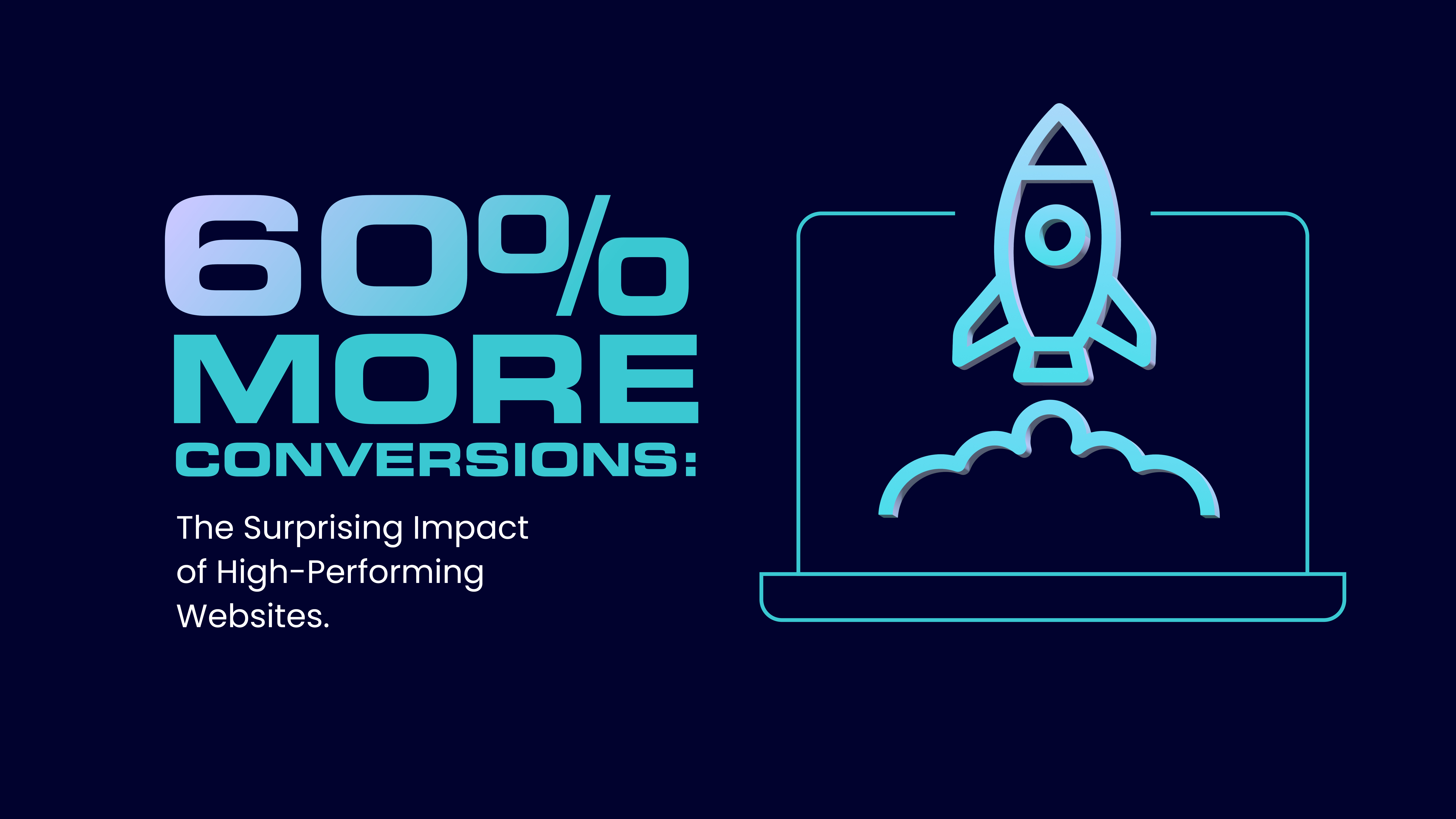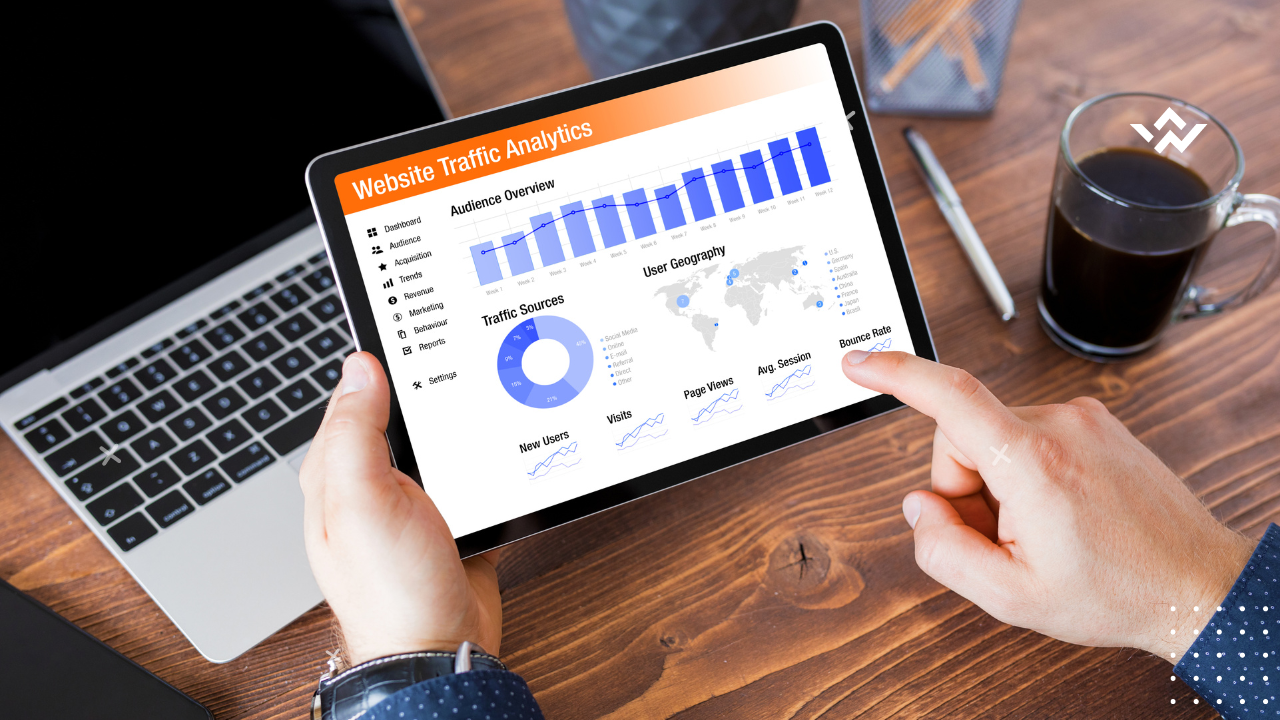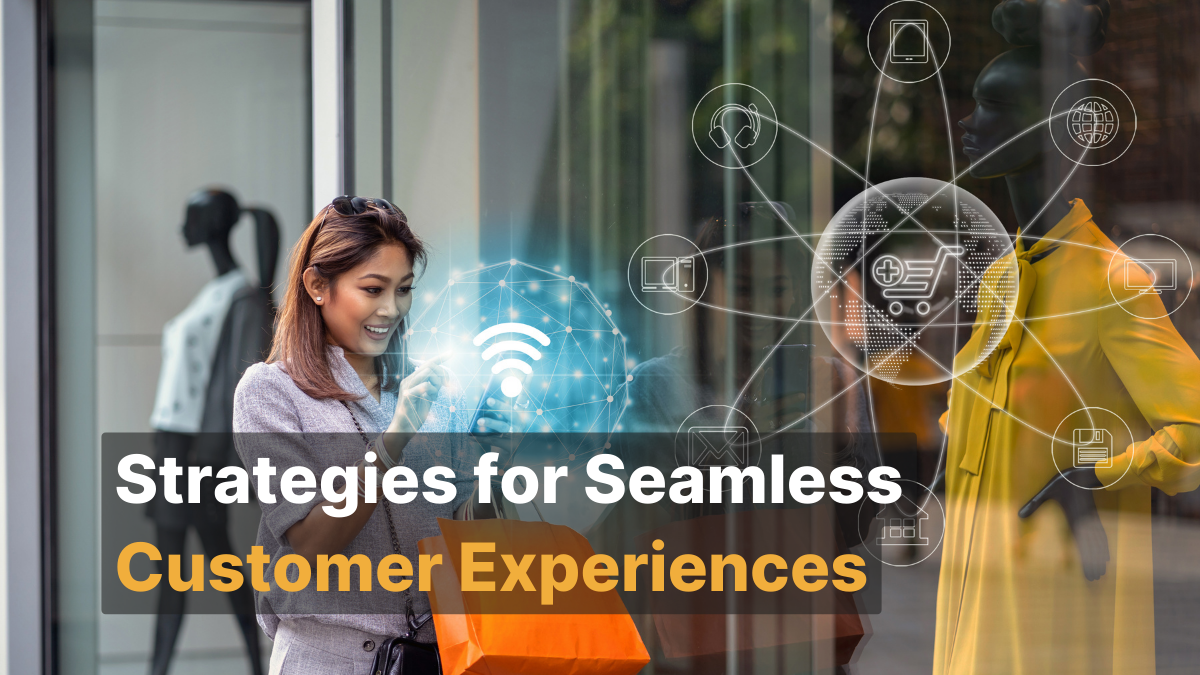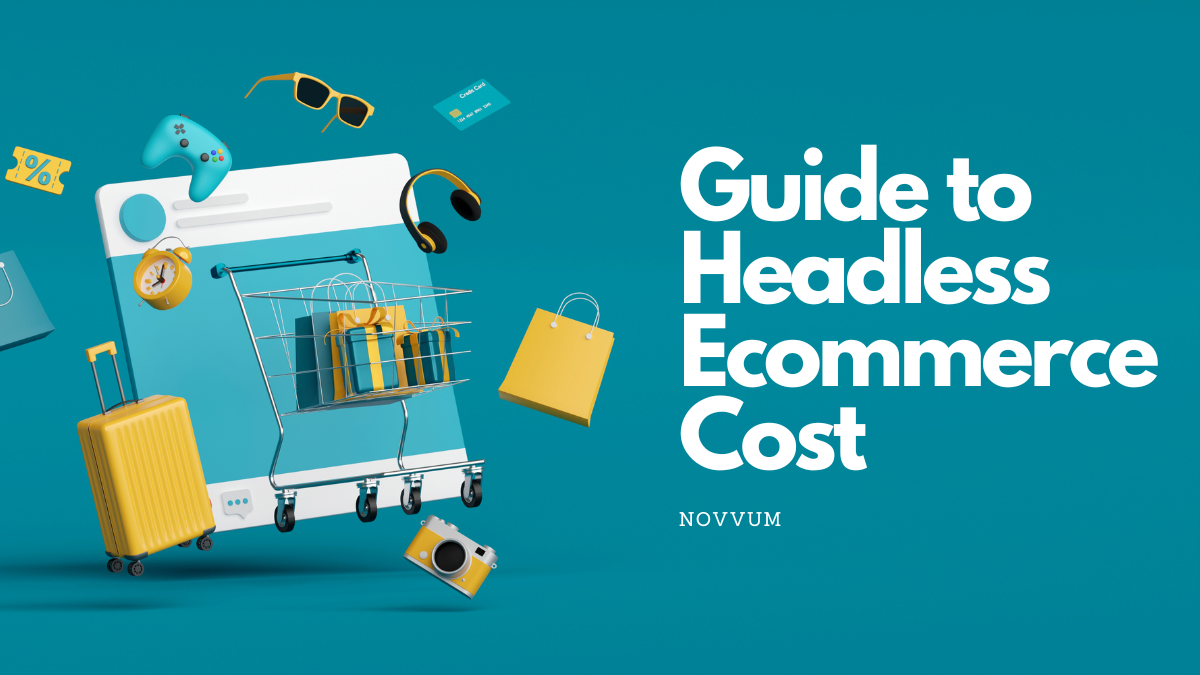
The Complete Guide to Headless E-Commerce Costs [2023]
Are you thinking about implementing a headless e-commerce platform for your business but not sure where to start? No problem! Headless e-commerce can seem intimidating at first, but with a little bit of understanding, you'll be well on your way to creating customized and flexible online shopping experiences for your customers.
In this blog, we'll explain exactly what headless e-commerce is and why it might be a good choice for your business. We'll also go over the various elements that can contribute to the cost of a headless e-commerce system, and offer some tips for managing those costs and getting the most value for your money. So, if you're ready to take the first step towards a successful headless e-commerce strategy, keep reading!
Why Choose Headless E-commerce?
There are several reasons why businesses might choose to go with a headless architecture:
Customization: By separating the front-end UI from the back-end system, businesses have more long-term control over the design and functionality of their e-commerce experience.
Integration: Headless e-commerce platforms can easily integrate with other systems and tools through APIs, making it easier for businesses to streamline their operations and improve efficiency.
Scalability: Headless e-commerce architectures can handle a larger volume of traffic and transactions without performance issues, making them more scalable than traditional e-commerce platforms.
Agile development: With headless architecture, businesses can make changes to the UI quickly and easily without worrying about the underlying back-end infrastructure. This allows them to be more agile and responsive to changing customer needs.
Future-proofing: By using a headless e-commerce architecture, businesses can ensure that their e-commerce platform is an elastic path and adaptable enough to meet the evolving needs of their customers.
Integration with third-party tools and platforms:
By integrating with the third party, businesses can create a seamless and efficient experience for their customers. As a result, we can see increased sales and customer experiences. Depending on the needs and goals of your business, you might want to integrate your headless e-commerce with a variety of different systems and platforms, such as:
- Marketing automation tools: These can help you effectively target and engage with customers through email, social media, and other channels.
- CRM (customer relationship management) software: This can help you manage and track customer interactions, including sales and support.
- Inventory management systems: These can help you keep track of your stock levels and ensure that orders can be fulfilled efficiently.
- Shipping and logistics systems: These can help you manage the delivery of orders to customers.
Limitless customization options:
Last but not least, headless e-commerce can easily customize the front-end UI to meet the specific needs and goals of your business. This can include a range of customization options, such as:
- Design customization: You can use headless e-commerce to create a unique and visually appealing website or mobile app that reflects your brand and appeals to your target audience.
- Functionality customization: You can customize the functionality of your headless e-commerce to meet your specific needs. This could include adding custom features or integrations or modifying existing ones.
- Personalization: You can use headless e-commerce to deliver personalized experiences to customers based on their preferences and behavior. This can include personalized product recommendations, targeted marketing messages, and more.
The Factors That Influence the Cost of Headless eCommerce
It's important to carefully evaluate your budget and needs when deciding on headless e-commerce, to make ensure you're getting the best value for your money.
Front-end development costs
This includes designing and building the UI and any ongoing maintenance or updates that are needed.
- Development time: Headless eCommerce development can be costly due to factors such as the time and resources required to build and maintain the site, as well as the cost of hiring a developer or contractor with the necessary expertise. These costs will vary depending on the complexity of the site and the specific tasks that need to be completed.
- Tools and resources: There may be costs associated with purchasing or subscribing to tools and resources that are needed for front-end development, such as text editors, debugging tools, or design software.
- Hosting fees: If the front end of the site is hosted on a separate server or platform from the back end, there may be costs associated with hosting fees.
- Maintenance: Ongoing maintenance and updates to the site can also incur costs, including the time and resources required to make changes or fix any issues that arise.
Back-end development costs
This is contingent on whether they want to build a custom/self-hosted backend or use an existing platform.
In the context of back-end development for an e-commerce platform, the cost of implementing a headless architecture will depend on several factors, including the complexity of the platform, the size of the development team, and the tools and technologies used.
Some of the key tasks that may be involved in the back-end development of headless e-commerce include:
- Setting up and configuring the database: This may involve designing the database schema, setting up database servers, and integrating the database with the rest of the platform.
- Infrastructure hosting: Back-end infrastructure hosting is resource allocation. This refers to the process of determining how resources (such as server capacity, storage, and bandwidth) are distributed among different applications and services.
- Order management: This may include implementing features such as checkout, payment processing, order tracking, and customer account management.
- Payment processing: This may involve integrating with third-party payment gateways, handling transactions, and ensuring compliance with relevant regulations.
- Integration with external systems: Depending on the requirements of the platform, the back-end development team may need to integrate the platform with other systems such as fulfillment centers, accounting software, or CRM systems.
Maintenance costs
Several factors can influence the cost of maintaining headless e-commerce, including:
Complexity: A more complex platform with a larger number of features and integrations will likely require more maintenance and updates than a simpler platform.
Size of the development team: The size of the development team working on the platform can affect maintenance costs. A larger team may be able to handle updates and maintenance tasks more quickly and efficiently, reducing the overall cost.
Frequency of updates: The frequency of updates and maintenance tasks will also impact the cost. If the platform requires frequent updates and maintenance, this will increase the overall cost of ownership.
Use of third-party tools and services: If the platform relies on third-party tools and services, there may be additional costs associated with maintaining these integrations.
As per Novvum's experience, a brand should allocate between 5% and 20% of its overall revenue toward investing in technology.
Different pricing models for headless eCommerce
It depends on the specific features and capabilities that you need. Some common pricing models for headless e-commerce include:
Fixed price model:
The fixed cost of the project includes the complexity of the features, the size of the team, the tools, and the technologies used.
In a fixed-price model, the client and the development team agree on a set cost for the project, and the team is responsible for delivering the agreed-upon functionality within that budget and timeline.
The specific functionality that is included in the fixed price can vary depending on the project, but some common features that might be included in headless e-commerce are:
- Product page: This is a page that displays information about a specific product, including its name, price, description, and images.
- Collection page: This is a page that displays a collection of products, such as all products in a specific category or all products from a specific brand.
- Home page: This is the main landing page of the website, which typically includes a featured product or collection, as well as links to other pages on the site.
The client is responsible for defining the scope of the project. This allows the development team to provide an accurate quote for the project. However, if you as a client request any changes after the project has started, this may result in additional costs.
Flexible pricing model:
A flexible model breaks the project into smaller chunks of work, enabling rapid responses to changing business needs.
In this model, work is organized into short, focused "sprints" in which specific tasks or features are completed. This gives the ability to rapidly respond to changes or new requirements.
In the context of headless e-commerce development, this can be particularly useful as it allows teams to quickly iterate on and improve the front-end user experience. The common features of this model:
- Revenue optimization: This pricing model allows you to optimize your revenue by tailoring your website's features and functionality to meet the specific needs of your business. This can help to increase sales and improve the overall profitability of your website.
- Continuous Improvement: It facilitates you to create a personalized and evolved user experience that is tailored to your specific audience. This can help to increase customer engagement and loyalty, leading to increased revenue over time.
- Tailored Features:This model also focuses on implementing specific features, rather than having to pay for a pre-packaged solution that may include features you don't need. This allows you to be more flexible with your pricing and only pay for what you actually use.
In this model, the cost of the project is typically based on the number of sprints required to complete the work and may include additional fees for any changes or additions made outside of the scope of the original sprints.
Hybrid pricing model:
Using a hybrid pricing model for headless e-commerce can reduce the costs associated with the initial development process.
It is important to carefully consider the ongoing maintenance and update costs when budgeting for headless e-commerce, as these can have a significant impact on the overall cost of ownership. The common features of this model:
- Ongoing costs to enhance the website: The ongoing cost of maintaining and enhancing headless e-commerce will depend on the complexity of the platform. This includes the cost of adding new features, integrating with external systems, and updating the front-end UI.
- A/B testing and improving designs: To optimize the performance of headless e-commerce, it may be necessary to conduct A/B testing and make design improvements. This can involve additional costs for tools and resources, as well as development time.
- First-time major development: If headless e-commerce is being developed for the first time, there may be additional costs associated with the initial development process. Using an agile approach can reduce these costs by allowing for a more flexible and adaptable development process.
By breaking the project into smaller, more manageable chunks of work, the model allows for greater flexibility. With manageable chunks, it reduces cost and improves the overall efficiency of the development process.
The Bottom Line
In conclusion, the cost of a headless eCommerce can vary widely based on the desired features and capabilities. After all, these capabilities increase the conversion rates of customers. There are various headless commerce solutions available, each with its pricing structure and set of features. It is important to carefully evaluate the options and consider the specific needs and budget of your business to choose the best platform for your needs. By considering these factors, businesses can ensure they are getting the most value for their money regarding headless eCommerce.
